Introduction
How To Tell How Old A Baby Rabbit Is: Baby rabbits, also known as kits, are incredibly delicate and undergo rapid growth and development in their early days. Understanding their age is not only crucial for providing appropriate care but also for gaining insights into their behavior and needs. In this guide, we will explore various methods and visual cues that can help you accurately gauge the age of a baby rabbit, allowing you to nurture and protect these vulnerable young beings with confidence and care. Whether you’re a wildlife enthusiast, a pet owner, or a wildlife rehabilitator, this knowledge will prove invaluable in ensuring the well-being of these tiny, furry bundles of life. Raising and caring for baby rabbits active can be a rewarding but challenging experience, as their needs evolve significantly during their first few weeks of life. These tiny creatures are born blind, hairless, and completely dependent on their mothers.
As they grow, they develop at an astonishing rate, and knowing their age becomes essential to provide the appropriate nourishment, shelter, and medical attention. Accurately determining the age of a baby rabbit is not only helpful for their immediate care but also for planning their transition to independence. This knowledge can also play a vital role in conservation efforts and scientific research focused on these remarkable animals. In the following sections, we will delve into the various methods and clues that will empower you to decipher the age of a baby rabbit. Whether you’re a concerned pet owner, a wildlife enthusiast, or someone involved in rabbit rescue, this guide will equip you with the skills needed to assess the age of these young, fragile creatures with confidence and precision. So, let’s embark on this journey of discovery and nurturing as we unlock the secrets of how to tell how old a baby rabbit is.
The age of a baby rabbit can hold the key to understanding their developmental milestones, nutritional requirements, and overall well-being. Whether you’ve stumbled upon a nest of wild rabbit kits or you’re caring for domestic baby bunnies, having the ability to accurately determine their age is a valuable skill. It allows you to provide them with the best possible care and increase their chances of survival. In the wild, accurately assessing the age of baby rabbits can be essential for conservation efforts. Wildlife rehabilitators and biologists often need this information to track populations and monitor the health of these elusive creatures. Moreover, for those who cherish pet rabbits, understanding their age can help in creating the ideal environment for growth and ensuring a lifelong, loving bond with your furry friend.
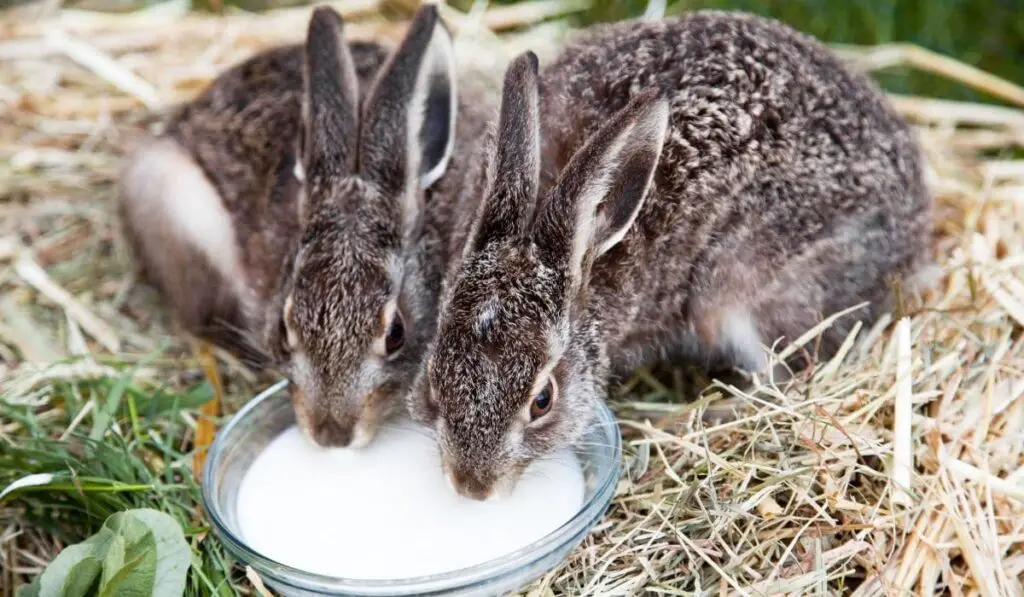
How big is a 3 week old rabbit?
Chipmunk
Baby rabbits leave the nest when they’re 3 weeks old and about the size of a chipmunk. If you find a chipmunk-sized but fully-furred rabbit with eyes open, ears erect and the ability to hop, they are meant to be on their own. As small and helpless as they may look, they are not an orphan and don’t need your help.
A 3-week-old rabbit, often referred to as a “kit” or “bunny,” undergoes significant growth and development during this early stage of life. The size of a 3-week-old rabbit can vary slightly depending on its breed, genetics, and overall health, but there are some general characteristics you can expect.
On average, a 3-week-old rabbit will weigh between 150 to 250 grams (5 to 9 ounces). However, the weight can vary widely among different rabbit breeds and individual kits within a litter. At this age, a baby rabbit’s body length, from the tip of its nose to the base of its tail, is typically around 4 to 6 inches (10 to 15 centimeters).
By the end of the third week, most baby rabbits have a full coat of fur, although it may still be somewhat short and soft. The color and texture of the fur will depend on the rabbit’s breed.
Is a 3 month old rabbit still a baby?
Birth and Infancy
Rabbits are considered babies from birth to around 3 months. During this stage of life, bunnies rely on their mother’s milk for nutrition. It’s vital to ensure the mother rabbit has a nutritious diet during this time to provide the necessary nutrients for her babies’ growth and development.
At 3 months old, many rabbit breeds are still relatively small compared to their adult size. Smaller breeds may appear closer to their adult size, while larger breeds might still have more growing to do. Generally, they are bigger than they were as newborns, but they have not yet reached their full adult size.
Three-month-old rabbits are often more active and playful than younger kits. They may exhibit increased curiosity and explore their surroundings with enthusiasm. While they may still exhibit some baby-like behaviors, such as occasional clumsiness or playful hops, they are becoming more independent.
By this age, most rabbits have transitioned from solely nursing to consuming solid food. A 3-month-old rabbit’s diet typically consists of hay, fresh vegetables, and a small amount of high-quality rabbit pellets. They are weaned from their mother’s milk by this time.
One of the significant milestones that differentiate baby rabbits from juveniles is sexual maturity. Depending on the breed, rabbits typically reach sexual maturity between 4 to 6 months of age. At 3 months old, they are not yet sexually mature, but their hormonal changes may begin as they approach this stage.
Do 2 week old bunnies eat?
Newborn rabbits drink only milk for the first 10 days. From 10 days small amounts of hay and veggies may be offered. By day 20 the kits should be nibbling the solid food, and by day 28 no more milk replacer should be offered.
Two-week-old bunnies are highly dependent on their mother’s milk for nourishment. They typically nurse from their mother multiple times a day. The mother’s milk is rich in essential nutrients, antibodies, and proteins that are crucial for the kits’ growth and immune system development.
At two weeks old, baby rabbits have not yet started to eat solid food. Their digestive systems are not fully developed to process solid foods effectively. They lack the necessary enzymes and gut flora to break down and digest fibrous materials like hay or solid pellets.
Although 2-week-old kits are exclusively nursing, the process of weaning will begin in the coming weeks. Weaning is the gradual transition from mother’s milk to solid food. This transition usually starts around 3 to 4 weeks of age as the kits’ digestive systems mature.
While they are still nursing, it’s a good practice to introduce fresh hay and clean water into the nest or enclosure. The hay can serve as a source of comfort and help familiarize the kits with the concept of eating solid food. However, it’s important to note that they are unlikely to consume hay at this stage.
Can you touch baby bunnies?
You and your children can peek at the baby rabbits, but don’t touch them. If anyone picks up a bunny, return it to the nest. A little human scent will not prevent the mother from caring for her young. If it’s clear the mother rabbit was killed, contact a wildlife rehabilitator who can best raise the orphaned bunnies.
If you discover a nest of wild rabbit kits in your yard or a natural setting, it’s generally advisable to minimize human interference. Mother rabbits typically leave their kits alone during the day, returning to nurse them in the evening and at night. To ensure the kits’ best chances of survival, it’s best to leave them undisturbed and avoid touching them. Handling wild baby rabbits can leave behind a human scent, potentially attracting predators to the nest.
If you are caring for a domestic rabbit with a litter of kits, the situation is different. Domesticated rabbits are more accustomed to human presence and care. However, it’s still essential to handle them with care and for specific purposes.
While it’s generally best to minimize handling of very young kits, there are times when it may be necessary. For instance, you may need to inspect them for health issues, such as checking for a clean, well-fed appearance and ensuring they are warm and comfortable. Handling should be gentle and brief, with clean hands to avoid transferring any potential pathogens.
Can 3 week old rabbits survive without mom?
The average litter contains four to five babies. Young rabbits disperse from the nest at 15-20 days old. By three weeks of age, they are on their own in the wild and no longer require a mother’s care. This means that young rabbits found on the ground may be completely healthy.
At 3 weeks of age, baby rabbits are still quite young and are in the early stages of development. They are typically not fully weaned and are reliant on their mother’s milk for essential nutrients. Their digestive systems are not yet fully developed to process solid food effectively.
Weaning, the transition from mother’s milk to solid food, typically begins around 3 to 4 weeks of age. It is a gradual process where kits start nibbling on hay and pellets while still nursing from their mother. This transition is essential for their growth and digestive development.
If, for some reason, the mother rabbit is unable to care for her kits or is absent, it is possible to provide supplemental feeding. This should be done with great care, using a proper rabbit milk replacement formula and following feeding guidelines provided by a veterinarian or an experienced rabbit breeder.
Besides nutrition, young rabbits also benefit from the socialization and companionship provided by their mother and littermates. If kits are separated from their mother too early, they may miss out on essential bonding experiences.
Can 3 week old rabbits eat?
Baby rabbits may begin eating solid foods when their eyes open, at about 10 days after birth. You can slowly add solid foods to their formula diet until they are weaned at about 6 weeks old. Don’t feed baby rabbits solid foods before their eyes open. Their intestinal tracts cannot handle solids before this point.
The primary source of nutrition for 3-week-old rabbits is still their mother’s milk. The mother rabbit, or doe, continues to nurse her kits during this period. Her milk provides essential nutrients, antibodies, and proteins crucial for their growth and immune system development.
At around 3 weeks of age, kits may show an increasing interest in solid food. They might start nibbling on hay, fresh vegetables, and pellets that are provided in their enclosure. This exploratory behavior is a natural part of their development and an early step toward weaning.
Weaning is the gradual transition from mother’s milk to solid food. It typically begins around 3 to 4 weeks of age and continues over several weeks. During this process, kits continue to nurse from their mother while increasing their consumption of solid food.
To support the weaning process, it’s a good practice to introduce fresh hay and a small amount of high-quality rabbit pellets into their enclosure. Fresh vegetables like leafy greens (e.g., kale, romaine lettuce) can also be introduced gradually. Make sure the vegetables are appropriate for rabbits and are introduced one type at a time to monitor any adverse reactions.
Can 3 week old bunnies drink water?
Baby bunnies will start to drink water at about 3-4 weeks old, and you can give them a very shallow bowl of water to drink from while they are small.
While 3-week-old bunnies are transitioning to solid foods, they still rely on their mother’s milk for essential nutrients, including hydration. The milk provided by their mother contains both nourishment and water, ensuring they receive proper hydration during this early stage of life.
Kits may begin to show interest in drinking water at around 3 weeks of age, but their consumption is usually quite limited. They are more likely to take small sips of water out of curiosity rather than relying on it for their primary source of hydration.
The weaning process, during which kits transition from mother’s milk to solid food and independent drinking, typically starts around 3 to 4 weeks of age. During this time, you can introduce a shallow dish of clean, fresh water into their enclosure. However, it’s important to note that their main source of nutrition and hydration will still be their mother’s milk at this stage.
While introducing water is a step in the weaning process, it’s essential to monitor the kits to ensure they are staying adequately hydrated. Dehydration can be a concern, so observing their behavior and overall health is crucial. If you notice signs of dehydration, such as lethargy, dry mouth, or sunken eyes, it’s essential to consult with a veterinarian for guidance on ensuring their hydration needs are met.
Can 3 week old bunnies eat carrots?
Fresh Vegetables
Produce should only be fed to rabbits older than six months. After they are six months old, vegetables and fruits can be introduced in small amounts, one at a time. Sudden dietary changes can upset their digestive system, resulting in sickness and diarrhea—pleasant for neither owner nor pet.
At 3 weeks old, baby rabbits are in the early stages of the weaning process, where they gradually transition from their mother’s milk to solid food. While they may show interest in solid foods like hay and vegetables, their primary source of nutrition and hydration is still their mother’s milk.
Carrots are a root vegetable that can be introduced into a rabbit’s diet, but they should be offered in moderation, especially to young kits. Carrots are relatively high in natural sugars and should not be a primary source of nutrition for baby rabbits. Excessive consumption of carrots can lead to digestive issues and diarrhea.
Instead of focusing on carrots, it’s important to provide a variety of fresh vegetables and high-quality hay. Leafy greens like kale, romaine lettuce, and spinach are generally better options for young rabbits. These greens are lower in sugar and can contribute to a balanced diet.
When introducing solid foods to 3-week-old bunnies, start slowly and offer small amounts of vegetables. Observe their reactions and monitor for any adverse effects, such as digestive upset.
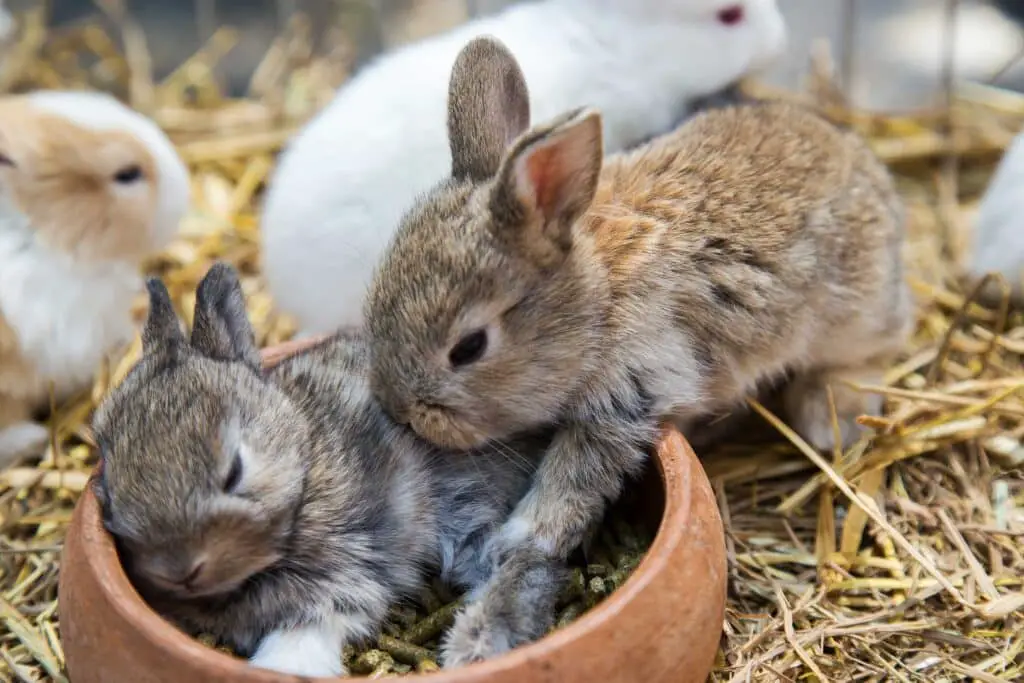
Conclusion
The ability to determine the age of a baby rabbit is a valuable skill that empowers caregivers, wildlife enthusiasts, and conservationists to provide optimal care and make informed decisions regarding these delicate creatures. Whether you encounter a nest of wild kits or are nurturing domestic bunnies, understanding their age is essential for tailoring their care, feeding, and socialization to their specific developmental stage. Throughout this guide, we have explored various methods, from assessing physical characteristics and behavior to tracking milestones in their growth. Armed with this knowledge, you can confidently navigate the challenges of raising or rehabilitating baby rabbits, ensuring their well-being and increasing their chances of thriving.
Moreover, accurately gauging the age of baby rabbits plays a pivotal role in conservation efforts and scientific research, contributing to our understanding of these captivating animals and their ecosystems. We hope you have gained valuable insights into the world of baby rabbits and their unique needs. Whether you’re an animal lover, a wildlife protector, or simply someone intrigued by the mysteries of nature, your newfound expertise in determining a baby rabbit’s age will undoubtedly enhance your connection with these endearing and enchanting creatures. Throughout this guide, we’ve delved into the techniques and insights necessary for accurately gauging a baby rabbit’s age. This knowledge empowers you to meet their unique needs, from feeding and socialization to their eventual transition to independence. Moreover, it contributes to wildlife conservation by aiding in the assessment and management of wild rabbit populations.
In closing, understanding how to tell how old a baby rabbit is allows us to bridge the gap between humans and these enchanting creatures, fostering a deeper connection and appreciation for their delicate and captivating world. Whether you’re an aspiring caretaker, a nature enthusiast, or a passionate advocate for animal welfare, the ability to determine a baby rabbit’s age enriches your understanding and enables you to provide the care and attention these tiny wonders truly deserve. Whether you find yourself responsible for the well-being of these small and vulnerable creatures or you’re simply curious about the intricacies of their development, this knowledge equips you with the tools to provide them with the best possible start in life.

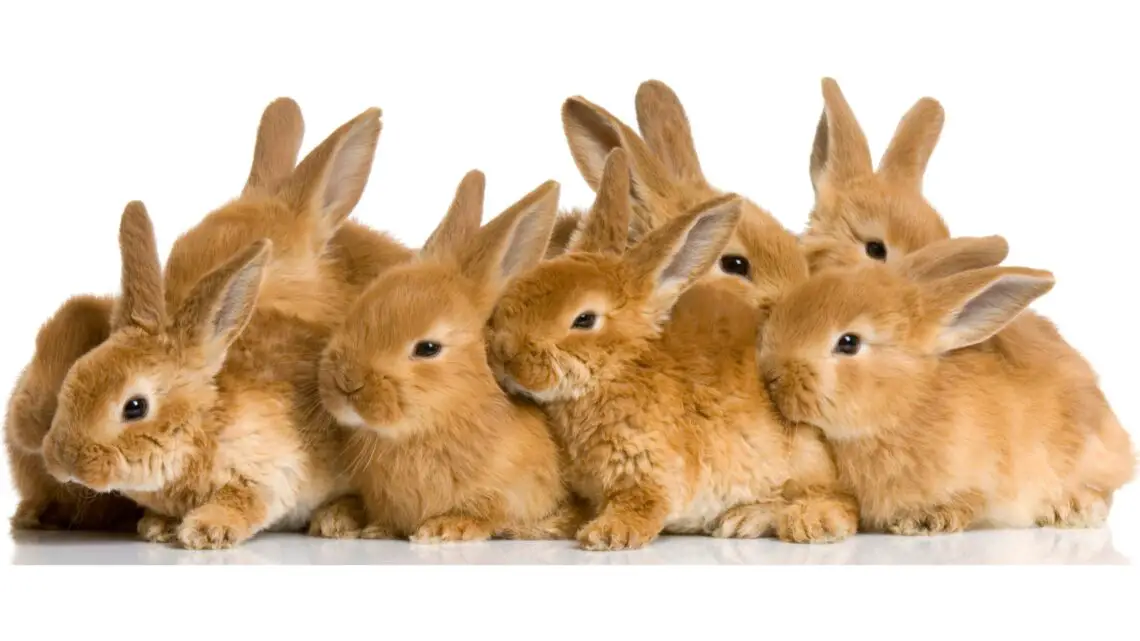
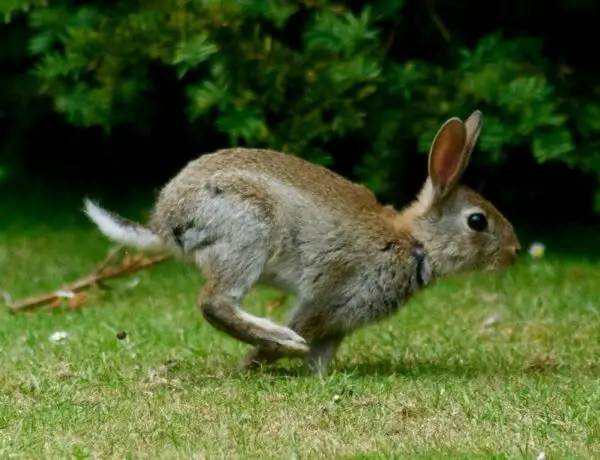
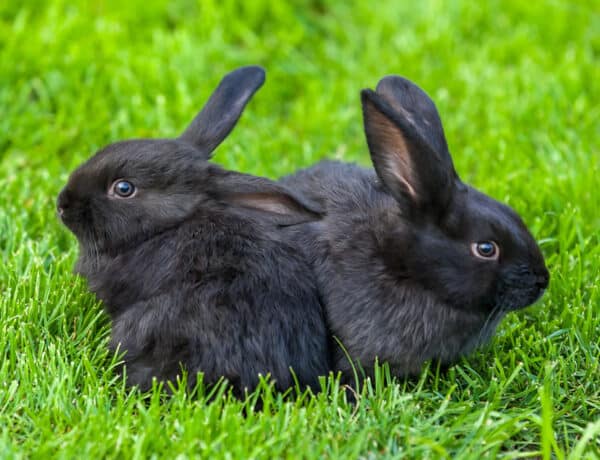
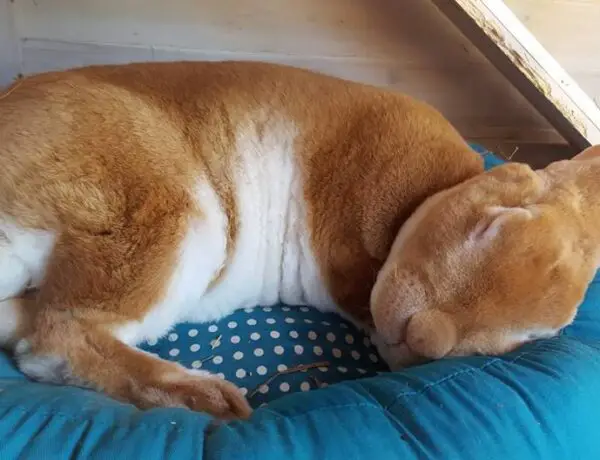
No Comments